EXOTIC OFFICE
Working on the road: How digital nomads have the best of both worlds
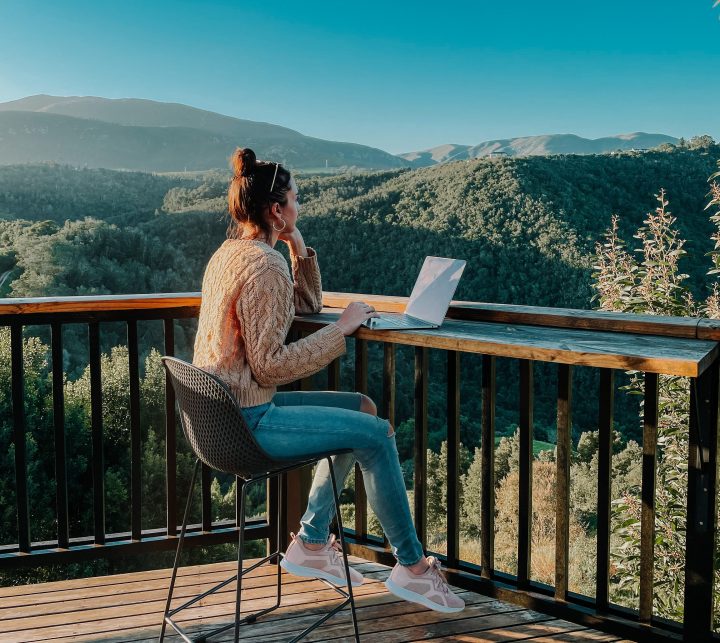
Always wanted to travel but never thought it would be possible because of your work? In 2022, with the world and many habits disrupted, taking your professional activity on the road might be easier than you think.
After the changes that disrupted the professional and corporate worlds, many people, armed with their luggage, passports, laptops, a good Wi-Fi connection and flexible work conditions, can now work from just about anywhere while travelling – they are called digital nomads.
According to a 2021 report titled The Digital Nomad Search Continues, by independent workplace consultants MBO Partners, digital nomads are “people who choose to embrace a location-independent, technology-enabled lifestyle that allows them to travel and work remotely, anywhere in the internet-connected world” and they are redefining the way we perceive the work-life balance.
“Some digital nomads travel for years, regularly moving across countries and continents. Others are nomadic for shorter periods, taking ‘workcations’ and working sabbaticals lasting from several weeks to many months. United by a passion for travel and new adventures, digital nomads enjoy the ability to work anywhere they can connect to the internet.”

Image: Caspar Greeff
Daily Maverick’s Caspar Greeff has been a digital nomad for almost two years, travelling across Central America and working as a subeditor.
“I had a bad case of ennui… things were getting boring. I told [Editor-in-Chief and founder of Daily Maverick] Branko Brkic that I was bored and was thinking of going to Thailand, and blowing my savings on vice and unhealthy living. He suggested I rather go to Central America.
“‘Start off in Belize,’ Brkic said. ‘They speak English there, so it will be easy, and I hear it’s an amazing place.’”
In South Africa, Greeff’s working hours are from 5pm to midnight. In Central America, he can log on from 10am to 5pm – the time difference making it easier for him to work “normal” hours.
“While doing my desk job five days a week, I was going to be a 21st-century wanderer, a digital nomad, freed by technology from the constraints of place, a wayfarer navigating the data stream,” Greeff writes at the beginning of his journey in 2020.
“I bought an air ticket and went to Belize via Istanbul. From there, I went to Guatemala, then Costa Rica, Nicaragua, Ecuador, the Galapagos, Peru,” he recalls.
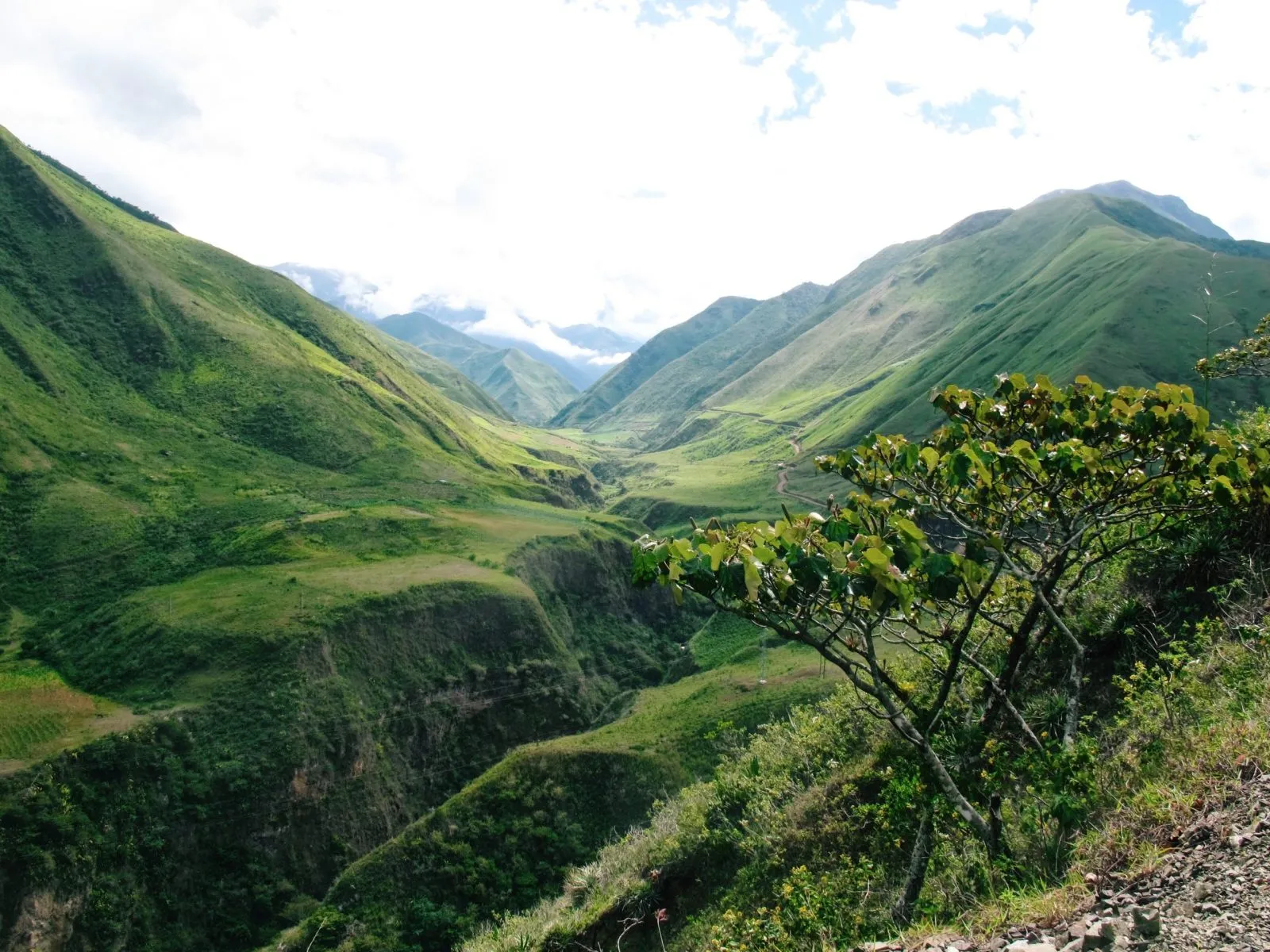
View from the highway Ecuador. (Image: Reiseuhu / Unsplash)

A marine iguana, endemic to the Galapagos, sits on volcanic rock at Puerto Villamil on Isabela island on 22 January 2019 in Galapagos Islands, Ecuador. (Photo: Chris J Ratcliffe / Getty Images for Lumix)
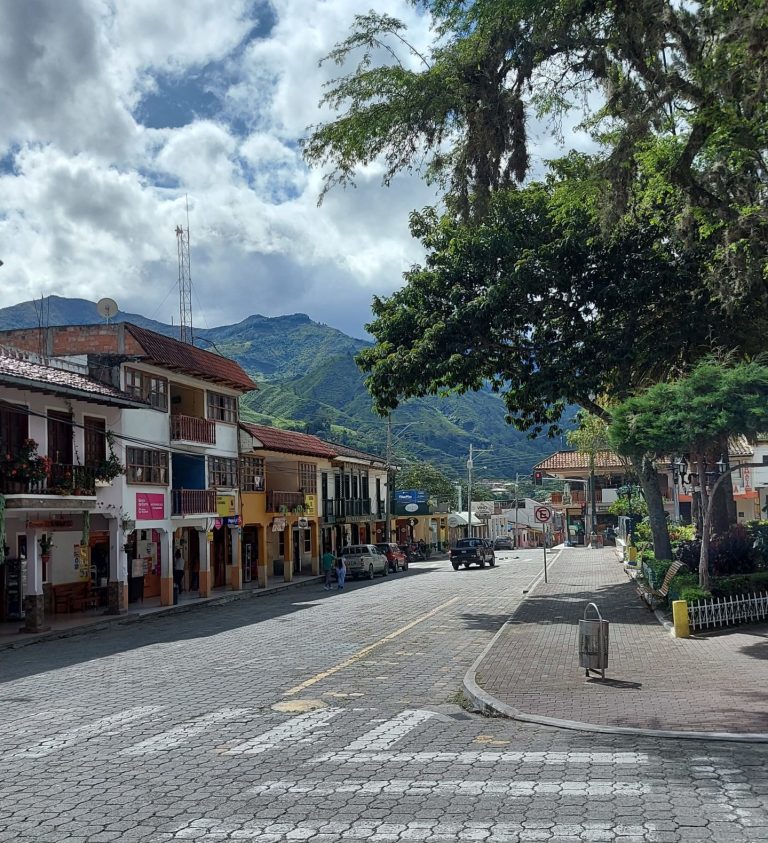
Live long and prosper. The village of Vilcabamba in the Valley of Longevity. (Image: Caspar Greeff)
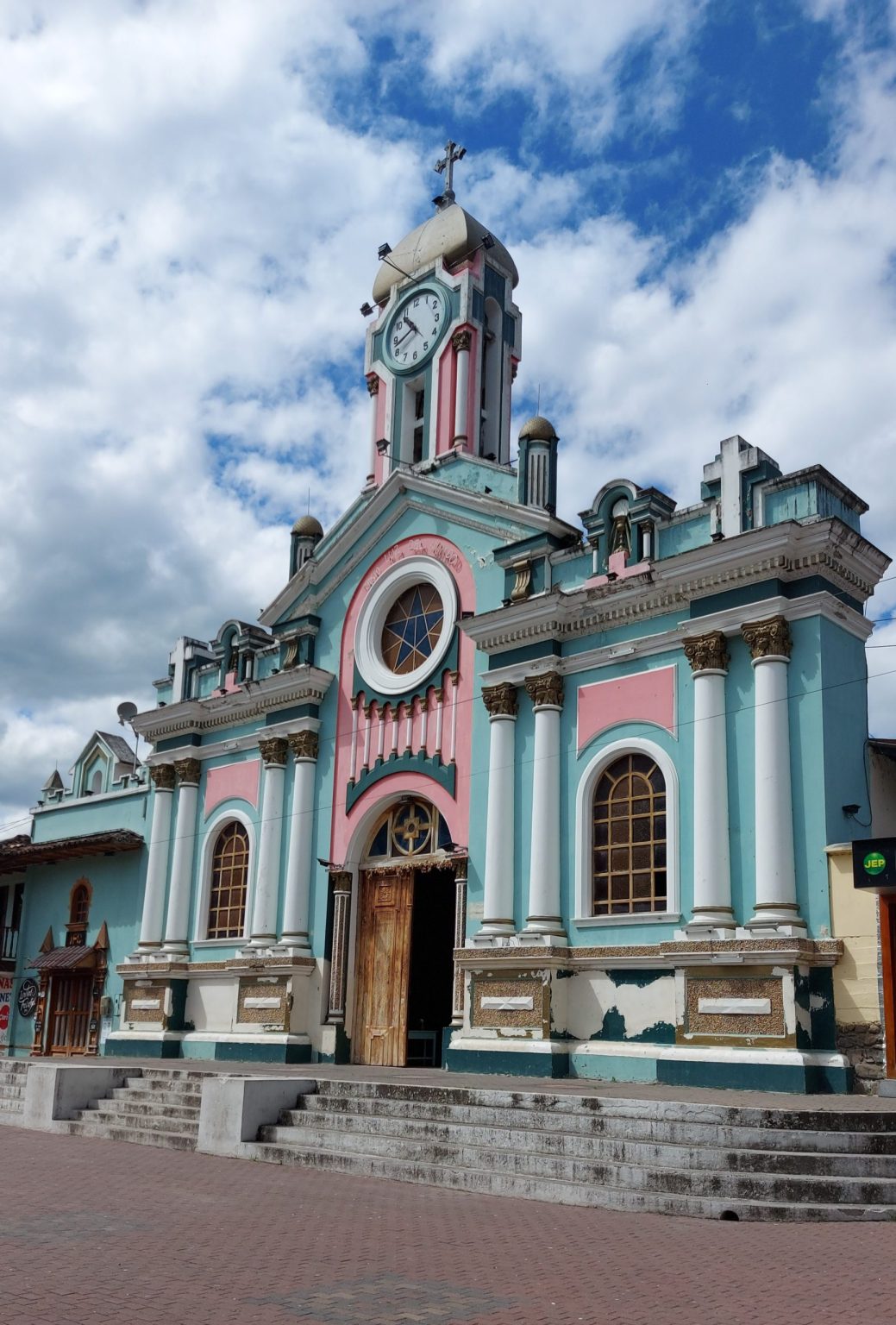
The church opposite Parque Central in Vilcabamba. (Image: Caspar Greeff)
Lauren Melnick has been working remotely since 2016 and makes her living as a freelance writer, blogger and copywriter.
“I felt a strong desire to travel, but I didn’t want to do two-week holiday stints. I was super attracted to the idea of slow travel and wanted to experience different countries as an expat, but without all the admin and permanency,” she explains.
Melnick finances her travels “the same way a ‘regular’ person sustains their day-to-day life working from an office”.
“My ‘rent’ is what I spend on hotels or Airbnbs for the month. My ‘car’ is my transport costs like Uber or renting a vehicle. Nothing has really changed financially, I just spend my money differently because I’m not tied to a location long-term.”
Hitting the road
There are plenty of sites online for digital nomads with tips and community link-ups to other digital nomads, but you don’t need much to start. In fact, Greeff says, less is more, and his luggage, including laptop, weighs around 7kg.
“My advice to anyone wanting to become a digital nomad is: just do it. It’s easier than you think, and even the most remote places (a little island off Nicaragua, the Galapagos, remote jungle towns) have Wi-Fi good enough to work on,” Greeff says.
He also recommends having a dual-SIM phone so that you use your “home” SIM to connect with work, friends and family and a local SIM as well – which is especially handy to hotspot from, should there be no Wi-Fi.
Melnick’s advice is to be prepared with health and travel insurance, and there are more and more options catering especially for digital nomads.
It’s not all sunshine and roses, though, and Melnick admits that nomadic living is not for everyone.
“You need to be super self-disciplined to get your work done in between exploring a new place. It also gets lonely because you’re constantly in new environments meeting new people.”
If you’re worried about a lack of community, there are ways to connect with other digital nomads.
“I’ve gone on digital nomad retreats in the past. Those are super valuable (when done right) and give you a chance to learn from other digital nomads and explore a place without having to do it solo,” Melnick says.
“However, I am a solo traveller at heart and do prefer the freedom of not having to deal with other people when planning my trips. But if I do get lonely, I usually find digital nomad groups on Facebook for a destination and start attending meet-ups.”
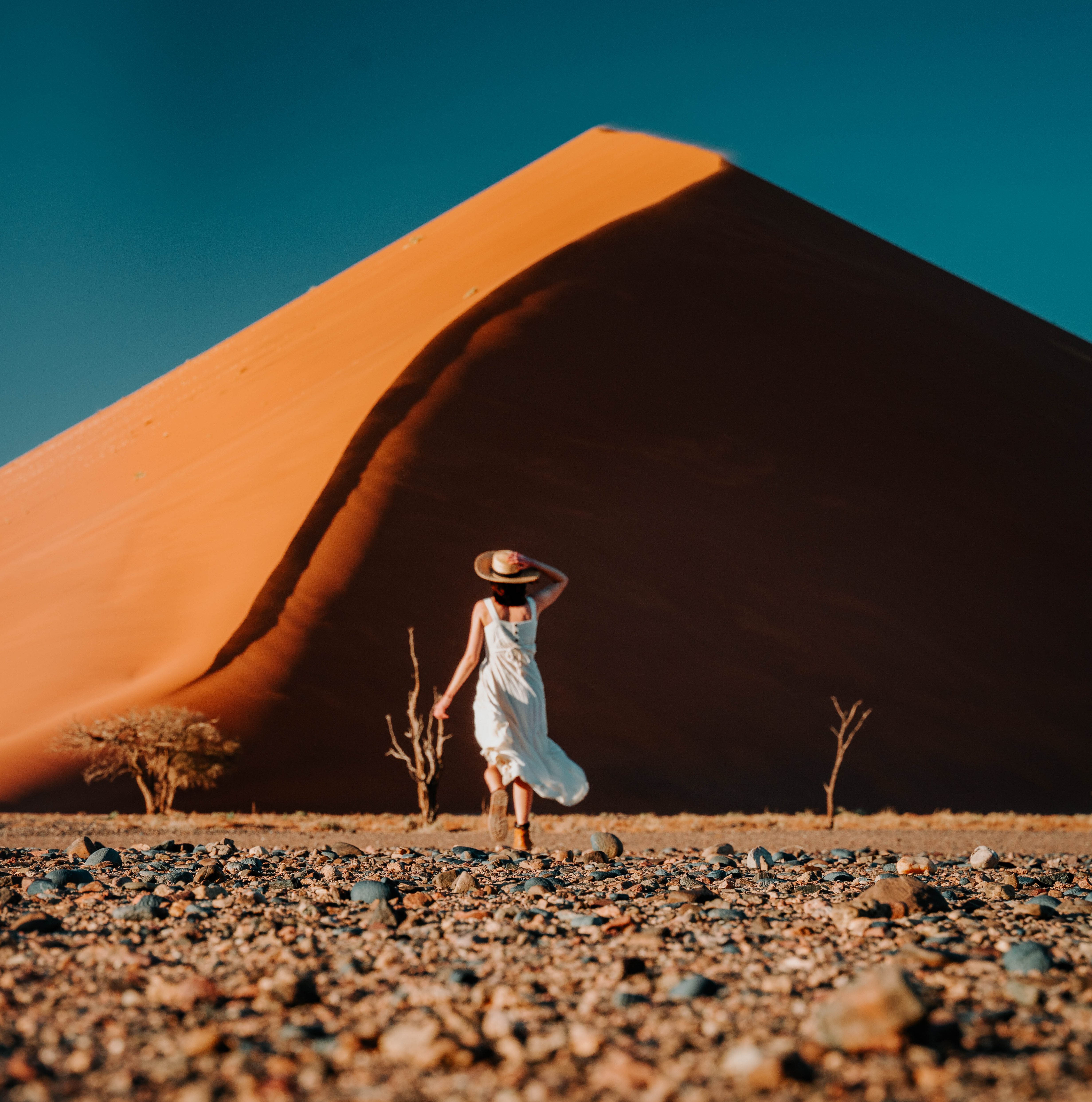
Lauren Melnick in Deadvlei, Namibia. (Image: Lauren Melnick)
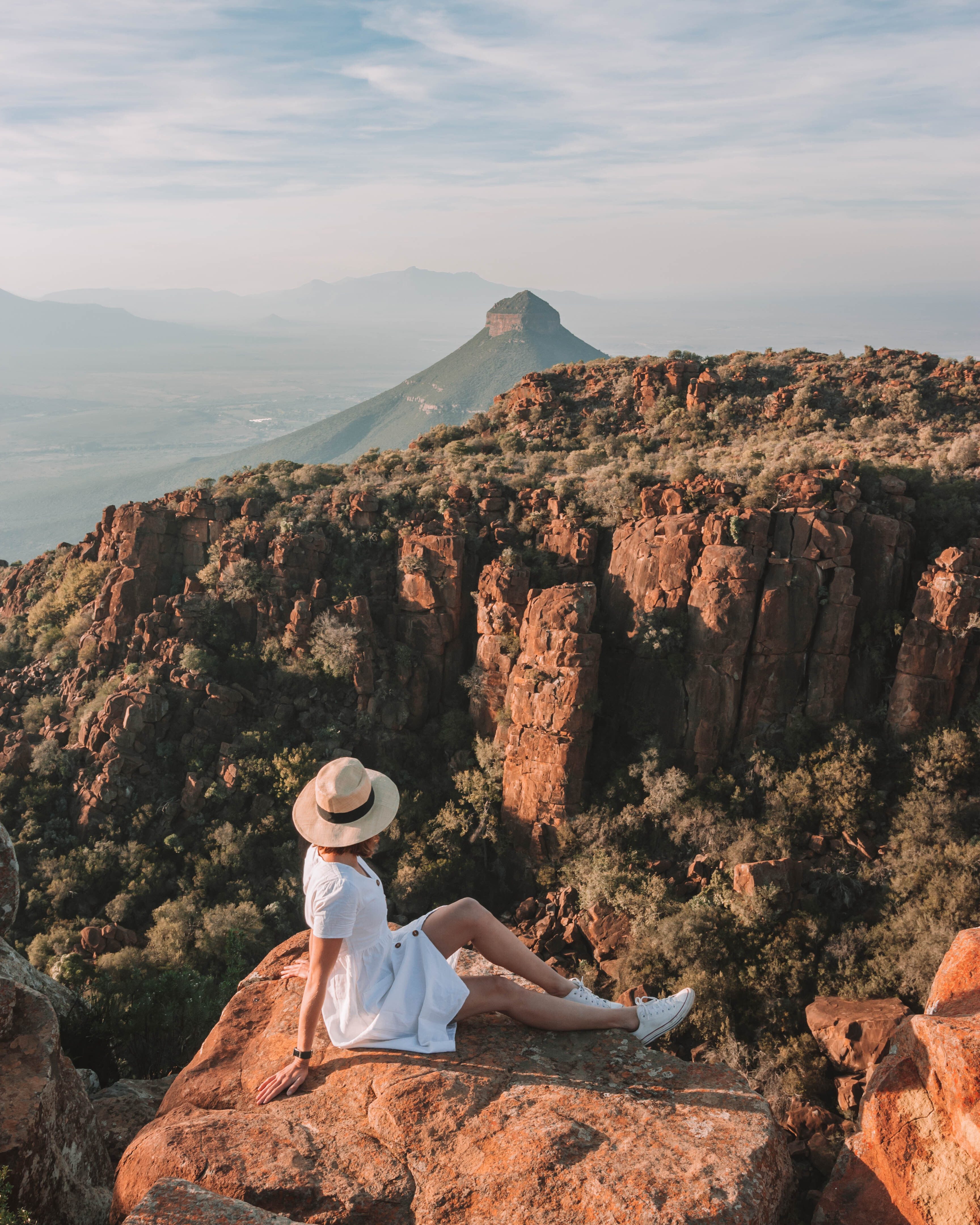
Lauren Melnick in the Valley Of Desolation. (Image: Lauren Melnick)
Pandemic travelling
Covid-19 has thrown a spanner into the works for travellers, especially with travel bans and red lists, which affected, in some ways, what it means to be a digital nomad.
“International flight and travel restrictions have made it much harder to travel abroad, and health concerns have made it more challenging,” MBO’s report says. However, the pandemic has also exposed more people to remote work, as many no longer went to the office and instead worked from home. And if working from home is possible, people are realising there’s no reason why they can’t work from a different destination altogether.
Thus, MBO expects that the pandemic could inspire more people to be digital nomads, as the possibility of remote work is more tangible to employers and employees alike.
“In the past, corporations have been hesitant to allow their employees to become nomadic. This has now changed, and a large and growing number of companies have announced plans to allow a much greater degree of long-term remote work,” the MBO report says.
“The pandemic-induced shift in how work gets done has taught businesses of all sizes about the advantages and achievability of remote work. This has led to broad support from executives, managers and workers to continue flexible work schedules and remote work arrangements after the pandemic ends,” the report states.
And while pandemic nomadism has been challenging, both Greeff and Melnick have seen a silver lining in remote working during the lockdown.
At the start of the pandemic, Melnick was in Bali, two months into a six-month Southeast Asia trip.
“I came back to South Africa on one of the last flights before lockdown and spent a year in Joburg. A lot of the freedom I get from my lifestyle was taken away. I lost all my work (as I mainly work in the tourism industry) and had to pivot my business models to stay afloat,” she recalls.“But on the positive side, I’ve explored more of South Africa and discovered new income streams that weren’t on my radar before lockdown.”
“I got stuck in the colonial city of Antigua in Guatemala for eight months when the pandemic hit that country…. a great place to get stuck,” Greeff says.
“When borders reopened again late last year I started travelling again, and counted myself extremely lucky to be able to travel then, with low prices and beautiful places unspoiled by hordes of tourists – often I was the only gringo in town.”
What’s next for Greeff and Melnick?
At the time of writing, Greeff was in Isla Carenero, a Caribbean island off Panama.
“I love where I am now… Perfect climate, warm water, good surfing, coral reefs, jungles, cool people, a vibrant expat community and superfriendly local people. It’s easy to connect here and make friends… it feels like the end of the road (travel-wise) for me,” Greeff says.
Melnick’s first international trips in 2022 will be to the Maldives and Namibia, and she is also hoping to go back to Kenya.
“I think one of the most underrated digital nomad destinations is Nairobi. I spent a month there and absolutely loved it. It was super affordable and I spent my weekends flying to the coast and visiting Diani Beach and Watamu,” she says.
“I’m itching to go back and spend more time in the country.” DM/ML


















 Become an Insider
Become an Insider
Comments - Please login in order to comment.